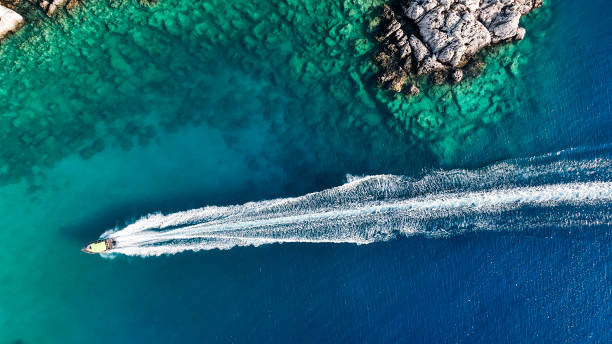Mastering the Sands: Expert Tips for Beach Driving Adventures
Safely Navigate the Sands with Get Drivers Ed
Introduction:
Planning a beach drive? It’s a thrilling way to explore the coastline, but it comes with its own set of challenges. To ensure a safe and enjoyable experience on the sand, it’s crucial to be well-prepared and informed. Before you embark on your adventure, make sure to check local regulations as some beaches require permits or restrict vehicles altogether to protect delicate ecosystems. Opt for a four-wheel drive vehicle which is better suited for the loose, sandy conditions you'll encounter. Pack light to avoid sinking into soft sand and lower your tire pressure to increase traction. Timing your drive with low tide will provide more stable, hard-packed sand. Driving near the waterline offers firmer ground, but stay vigilant about the tide to avoid getting caught by incoming waves. Keep your speed steady and slow; sudden accelerations can cause your vehicle to become stuck. After your beach drive, thoroughly wash your vehicle to remove salt and sand, especially from the undercarriage, to prevent rust and damage. Following these tips will help you enjoy the unique experience of beach driving while ensuring you do so safely and responsibly. So, gear up, check your preparations, and set out for an unforgettable journey along the shore!
Know Before You Go: Before you set off, make sure to check the local beach driving regulations. Some beaches require permits, and others might restrict vehicle access altogether. Knowing the rules can save you from fines and protect beach ecosystems. Educate yourself on the specific beach's policies regarding driving paths and protected areas to ensure your adventure is both enjoyable and compliant with environmental standards.
Suit Up with the Right Vehicle: A four-wheel drive (4WD) vehicle is your best bet for beach driving. They provide the necessary traction and stability needed to navigate soft, uneven sand without getting stuck. These vehicles are specially equipped to handle the challenges of driving on sand, making them a crucial tool for any beach driver.
Pack Light, Pack Right: Keep your vehicle light — overloading it can make it difficult to maneuver and more likely to sink into soft sand. Pack only the essentials and distribute the weight evenly to maintain balance and prevent overburdening any one part of your vehicle, which can be critical in maintaining control while driving on softer surfaces.
Tire Tactics: Lowering your tire pressure increases the tire’s surface area, which improves traction on soft sand. Check your vehicle’s manual for the recommended pressure for off-road driving and adjust accordingly before you hit the beach. This simple adjustment can significantly enhance your vehicle’s ability to traverse sandy environments without becoming bogged down.
Timing is Everything: Pay attention to the tides. Driving during low tide gives you firmer sand and more room to maneuver. Avoid high tide times to prevent the risk of getting caught by rising waters, which can quickly turn a fun day on the beach into a risky situation.
Drive Near the Water’s Edge: The wet sand near the waterline is firmer, making it easier to drive on. However, keep a watchful eye on the tide and steer clear of the actual water to avoid getting swamped by sudden waves, which can be unexpectedly powerful and dangerous.
Slow and Steady Wins the Race: Maintain a steady, slow pace. Abrupt accelerations or sharp turns can cause your vehicle to dig into the sand or even roll over on steep inclines. By controlling your speed and making smooth, calculated maneuvers, you can navigate safely and efficiently across the beach terrain.
Aftercare is Key: Saltwater and sand can do a number on your vehicle. After your adventure, thoroughly wash your car, paying special attention to the undercarriage, to rinse away corrosive salt and sand. This post-trip maintenance is crucial to prevent long-term damage and ensure that your vehicle remains in good condition after your beach driving experience.
Stuck? Don’t Panic
If you find yourself stuck in the sand, it's important not to spin your tires, as this can make the situation worse by digging you deeper. Instead, try placing items like floor mats, sand ladders, or even branches under your tires to help regain traction. Employing a gentle rocking motion by shifting between forward and reverse can also help dislodge your vehicle. Stay calm and methodical to safely extricate your vehicle without causing damage or further burying it in the sand.
Driving on the beach can be a blast if done correctly. Just remember these tips and always respect the natural beauty of your surroundings. And for all your driving educational needs, whether you’re hitting the sands or the streets, Get Drivers Ed is here to help you become a more knowledgeable and responsible driver. Check out our courses and resources today and get ready to tackle any driving challenge with confidence. Safe travels and happy beach adventures!


